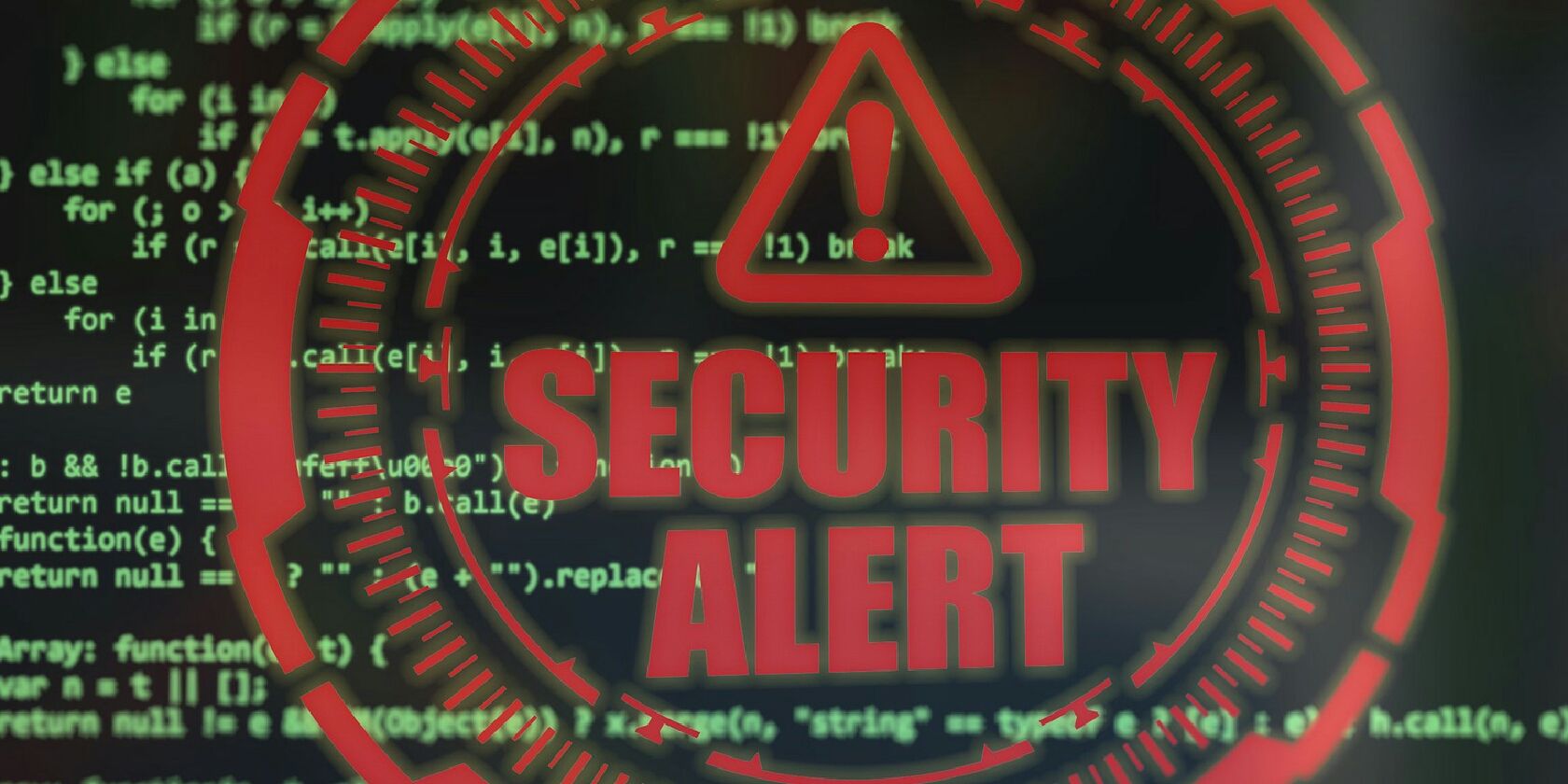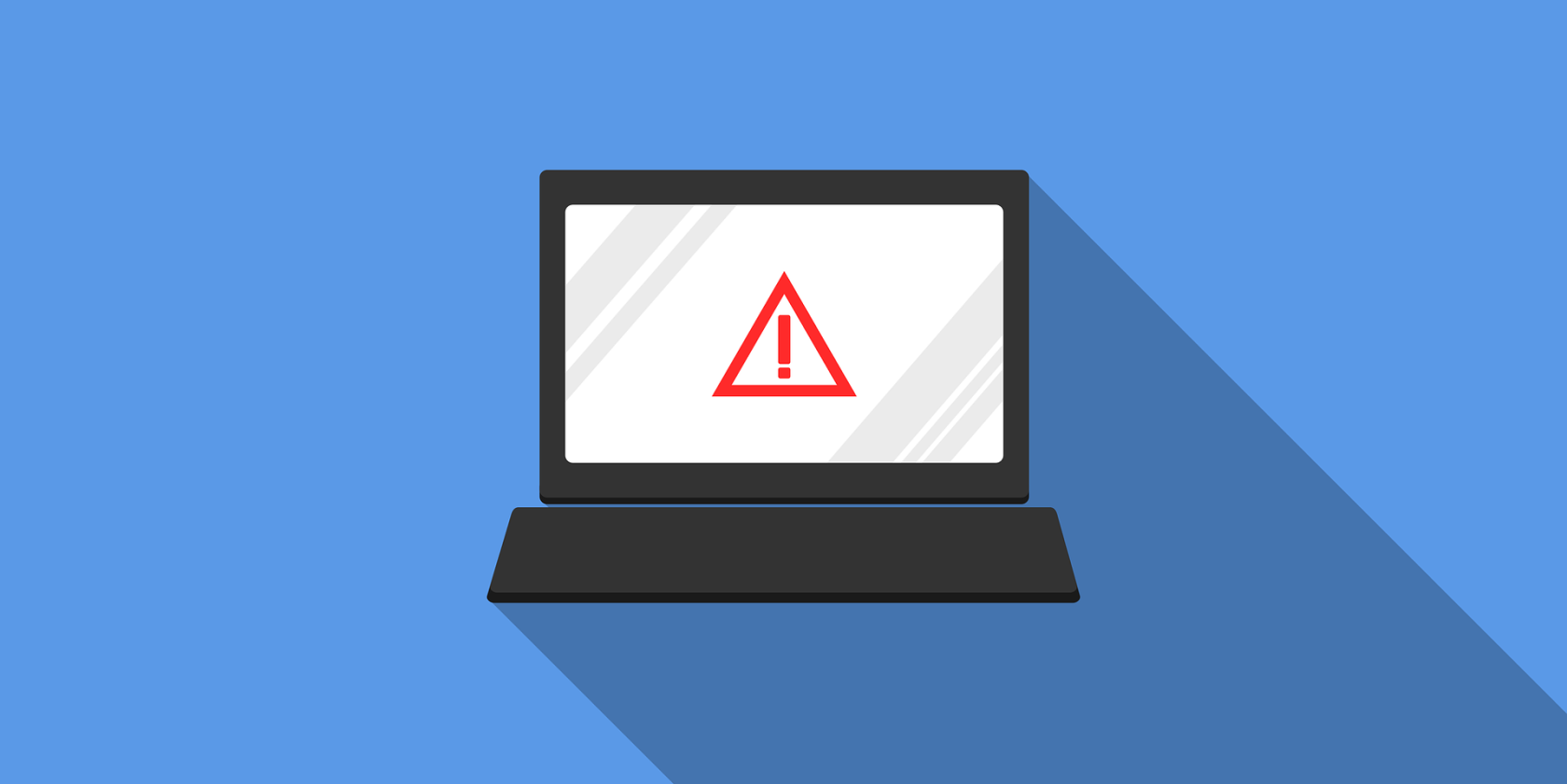Alerts are an important part of protecting against cyberattacks. Unfortunately, not all security alerts are useful. Security software is notorious for providing unnecessary warnings and false positives. Eventually, this can cause alert fatigue.
Alert fatigue can turn otherwise attentive IT staff into people who don't really pay attention. This is obviously ideal for any hacker attempting to go where they shouldn't.
So what exactly is alert fatigue and how can you prevent it?
What Is Alert Fatigue?
Alert fatigue is what happens when staff keep receiving security alerts that don't necessarily mean anything.
It is a natural consequence of security software such as antivirus, firewalls, and Security Information and Event Management (SIEMs). This type of software is notorious for being overly sensitive.
When security staff are given meaningless alerts, those still need to be investigated even if the staff don't necessarily believe that there is a genuine threat.
This eventually results in teams paying less attention and ignoring problems that do matter. A hacker can then trigger alerts and no action will be taken.
Why Does Alert Fatigue Happen?
Alert fatigue is a natural occurrence. Regardless of how well a security team is trained, they will eventually become desensitized to information that doesn't require them to take action.
It is partially caused by the fact that security software often makes no distinction between alerts of different importance. If a security team receives hundreds of alerts a day and only a small percentage of them actually warrant attention, it's easy to feel like time is being wasted by investigating.
It's worth noting that stress and poor work-life balance can also contribute to alert fatigue. Security staff are particularly likely to experience these issues.
How Many Security Alerts Actually Require Attention?
A 2021 study shows that up to half of all security alerts are false positives. This is particularly problematic when you consider the fact that a single alert can easily take 10 to 30 minutes to investigate.
This means that false alerts aren't just causing alert fatigue; they are also causing employees to spend large parts of their day essentially doing nothing.
Why Are There So Many False Positives?
Security software usually comes packaged with generic rules about what constitutes a threat. This allows it to be effective in any environment. The problem with this approach, however, is that it also causes innocent behavior to be reported as suspicious.
Software publishers benefit from having too many alerts rather than having too few. The former makes software appear powerful while the latter will cause it to be uninstalled if it fails to prevent an actual threat.
What Are the Consequences of Alert Fatigue?
Alert fatigue is a big problem even if a business isn't facing any threats. It causes security teams not to care about their work and this has predictable effects on both employee turnover and productivity.
Alert fatigue is similarly a security risk. Such software is used because when it's not providing false positives, it's providing alerts about active threats.
If these alerts are going unnoticed then active threats may not be stopped. It obviously doesn't matter how many threats a piece of software picks up if nobody is acting on them.
How to Prevent Alert Fatigue
Alert fatigue is particularly common in large organizations but can affect any security team responding to too many perceived threats. Here are eight ways to prevent it.
Reduce Your Attack Surface
An attack surface is made up of all the different hardware and software components that are connected to your network. The wider it is, the more potential problems a team will have to investigate. Many alerts can therefore be prevented by simply disconnecting devices from your network.
Optimize Security Software
Check what security alerts are being sent. If minor issues are causing unnecessary alerts, modify software settings to prevent this happening. It should be possible for staff members to make innocent mistakes without the security team being alerted.
Reduce False Positives
All security software produces false positives. Every time a false positive occurs, the reason should be noted and steps should be implemented to prevent it happening again.
For example, if a particular file keeps generating an alert, that file could be whitelisted.
Prioritize Alerts by Severity
Where possible, alerts should be prioritized according to the potential damage that they can cause. For example, a potential brute force attack should cause a higher priority alert than a single incorrect password attempt.
Alerts should also be categorized according to whether they originate from internal or external IP addresses.
Add Information to Alerts
All security alerts should provide detailed information about what caused them. This prevents a situation where two alerts of different priority levels appear identical. For example instead of an alert that says a user failed to log in, the reason for that failure should be explained.
Divide Up Alert Investigation
Alert fatigue is primarily caused by repetition. The responsibility for investigating alerts should therefore be divided up equally among a security team. If the security team isn't large enough to do this, the problem can only be prevented by hiring more people.
Automate Where Possible
Many aspects of alert investigation can be automated. Look at the activities performed by the security team and automate where possible. This prevents repetition and should reduce the number of steps required to investigate each alert.
Optimize Workflow
Look at the way alerts are currently being investigated and find ways to optimize the workflow.
Best practices should be written where possible. This prevents different people from trying to solve the same alert in different ways.
All Organizations Should Aim to Prevent Alert Fatigue
Alert fatigue is a serious threat to any organization. It turns an otherwise effective security team into staff that are easy for hackers to get past.
Preventing alert fatigue requires the attention of both security team members and business owners. If security software and procedures are poorly designed, security teams themselves will have little ability to prevent it.




